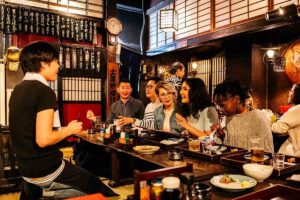Japanese cuisine is famous worldwide because of its intricacy and variety.
Even the pickiest people can find a dish they like.
Unfortunately, despite the tastiness, these foods can be quite expensive.
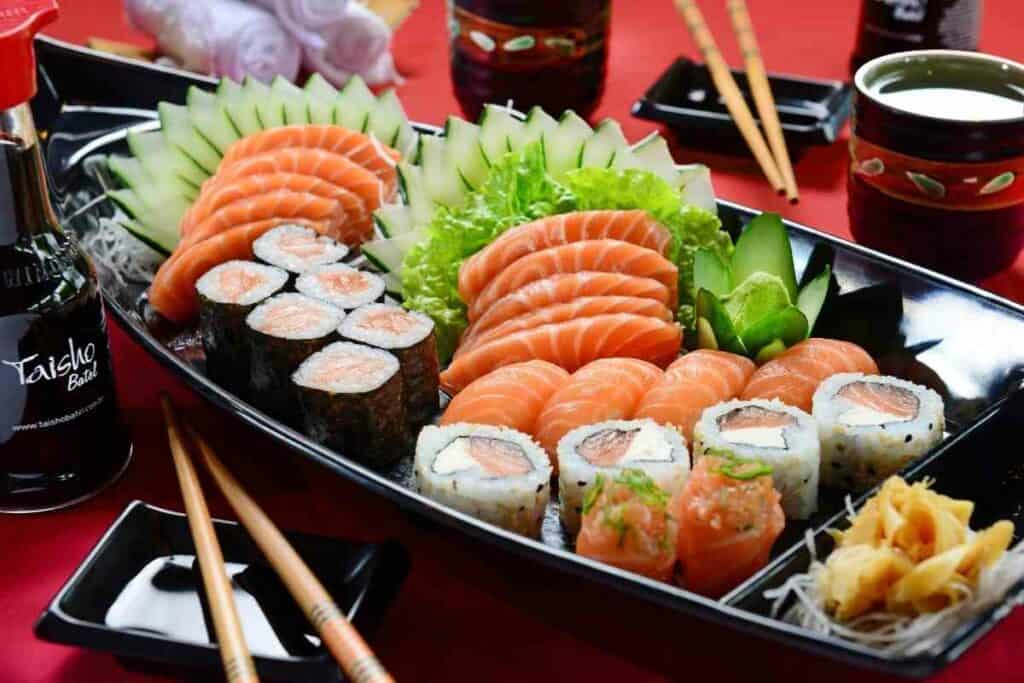
Often, you have to pay slightly more to get a bite – more than you’d spend on Thai, Filipino, Indian, and other Asian delicacies.
So, why is Japanese food so expensive?
Table of Contents
Seasonality
One of the primary reasons behind the expensiveness of Japanese food is seasonality.
Most Japanese dishes consist of fish and seaweed, only available in particular seasons.

Price increases due to the unavailability of these ingredients throughout the year and high market demand.
The high acquisition costs translate to higher food prices.
Furthermore, most recipes demand fresh fish.
Freshness is vital to preserving taste. Also, the ingredients used to prepare fish are costly.
This is another reason why Japanese foods are more expensive than others.
Preparation
Traditional Japanese dishes like sushi take a long time to prepare, explaining their high price tags.
Most recipes require extensive preparation; it isn’t uncommon for chefs to start prepping a night before cooking a meal.
For Instance – Preparing a sushi roll takes hours. The chef must ensure that the fish and rice are well cooked before serving, which takes hours.
After cooking, the onus shifts to the servers, who must serve the food in a presentable manner.
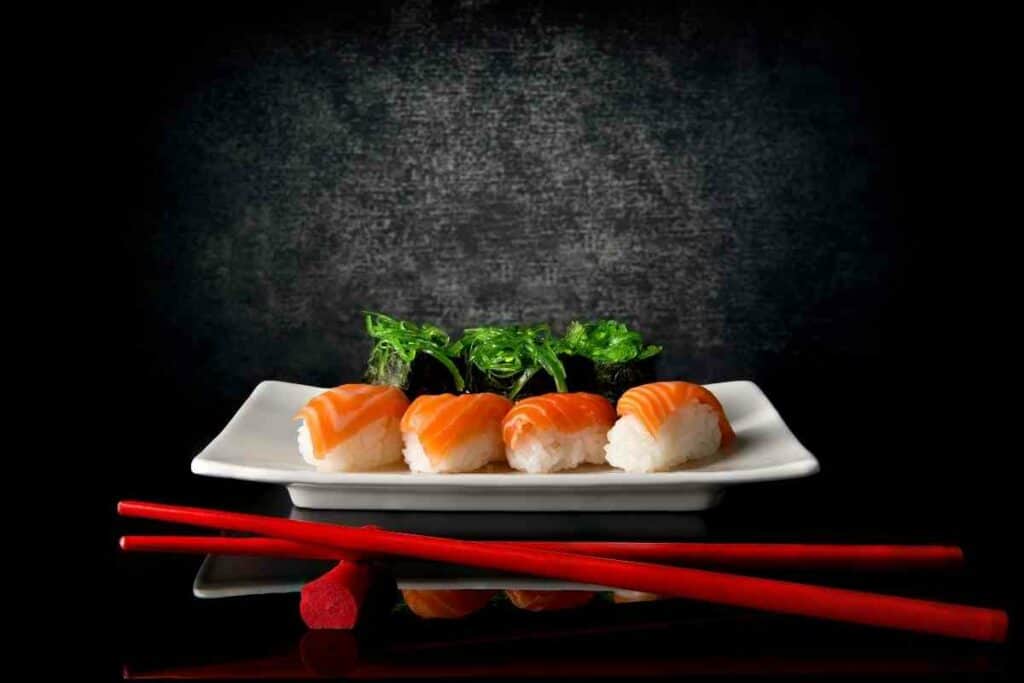
If you’ve eaten Japanese food, you must have noticed the quality of the plates. They aren’t as random as the ones used to serve other cuisines.
The preparation and presentation of Japanese foods increase the price.
Nonetheless, the price is justifiable since the dishes are nutritious and satiating. Moreover, they’re attractive and taste great.
You also have to consider the chef’s skills. As mentioned earlier, Japanese foods are delicate, requiring the best, whose services come at a high price.
Read Next ?
Omakage-style Serving
Omakage-style serving is popular among Japanese restaurants.
After knowing the customer’s preference, chefs use their experience to make the food tastier and fulfilling without exceeding the budget.
Simply put, it’s a chef experiment.
Omakage explains why some restaurants in Japan have few seats.
In such cases, chefs attend to one order at a time instead of cooking large bunches to be served to many people.
Cultural Prestige
Have you ever wondered why some foreign cuisines are costlier than others?
For example, most restaurants demand low prices for Chinese, Indian, and Mexican foods, while French and Japanese dishes attract higher prices.
The disparity is always a result of ‘cultural prestige.’
According to Culinary Experts – Some factors determine food’s position in the global taste hierarchy. Such factors include a nation’s richness and military prowess. Generally, more affluent counties have wealthier emigrants, translating to higher food prices.
Japanese and other east Asian foods are available in most restaurants, but the former usually command higher prices.
This is because many people consider Japanese recipes superior. Perhaps, it’s why many celebrated chefs travel to Japan to learn from traditional cooks.
Conversely, Chinese foods are cheap. This is because China is associated with cheap, low-quality products, especially electronics.
The same applies to southeast Asian counties like Thailand, the Philippines, and Myanmar.
Luxury
Outside Japan, eating Japanese food is considered a luxury.
For instance, teriyaki goes beyond what you need – it’s something you crave.
Like other luxury foods, such as steak and seafood, Japanese food is expensive.
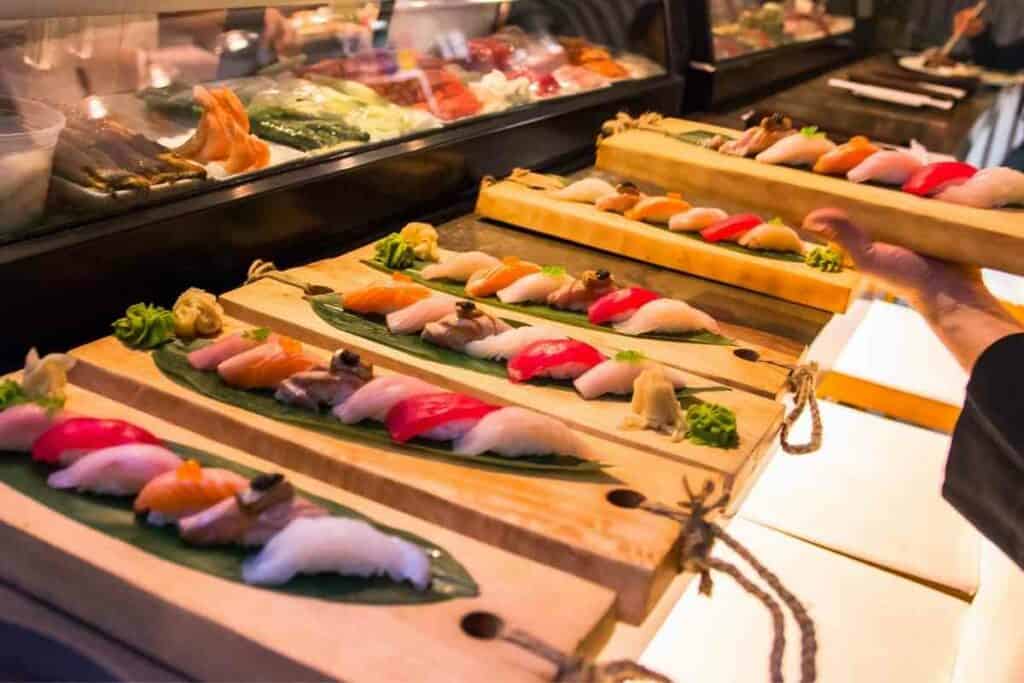
However, traditional fast foods like burgers, pizzas, and sandwiches are affordable since they target the average person.
Although the prices are pretty high, they can rise further because Japanese food is always in high demand.
Fewer Seats
Do you know that Japanese-themed restaurants have fewer seats than typical eateries?
The reduced number of seats aims to improve the quality of service, an integral part of Japan’s culture.
It’s common to find an outlet that can accommodate more than 50 people in a sitting having less than 20 seats, with no extra staff.
How Can You Save Money on Japanese Food?
Once you taste Japanese food, it’s easy to become an addict.
Over time, the costs might take a toll on your budget.
Luckily, you can save some money by observing the following practices.
Make it yourself
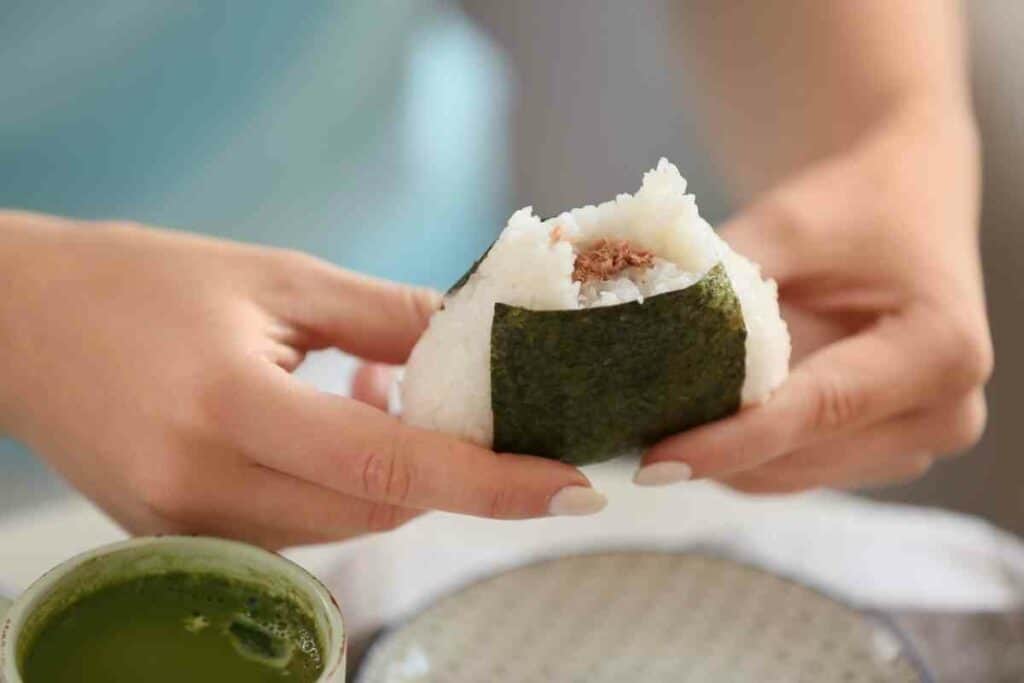
Making Japanese food is difficult, especially if you aren’t a native.
Fortunately, you can use the internet to get recipes for the most popular dishes.
The process will be challenging, but you get a sense of accomplishment once the meal’s ready. More importantly, cooking at home saves you money.
The money you pay for a single restaurant meal is usually enough to purchase ingredients for food that can serve a small family.
Cooking at home also allows you to avoid unhealthy ingredients.
However, it isn’t wise to invite your friends to Japanese food until you master cooking.
Look for deals
Many Japanese restaurants offer discounts, especially on holidays and special occasions.
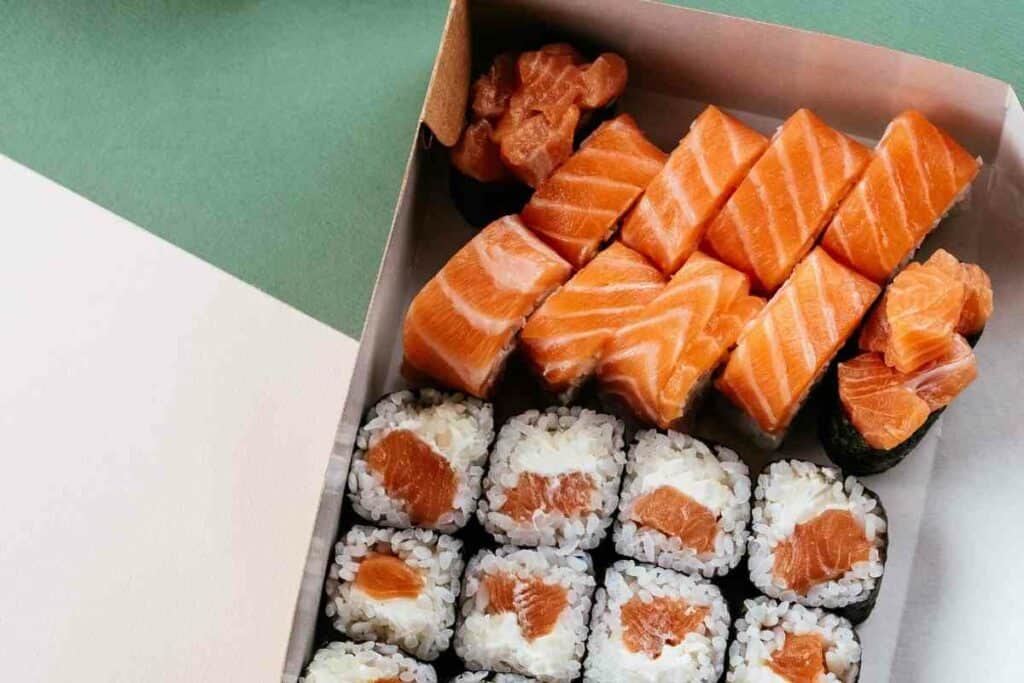
Discounts mean lower prices – a meal that goes for $5 could be worth half the offer price.
You can also find deals on special weeknights.
For Example – Most eateries receive fewer customers between Monday and Thursday, prompting them to sell at lower prices. As an illustration, “buy one get one free is” common on slow Tuesday nights.
Target buffets
Sometimes, Japanese restaurants serve buffets to their customers.
This offers you an opportunity to try out various dishes at a fraction of the usual costs.
Besides affordability, buffets enable you to enjoy the cuisine’s diversity – you can discover many previously unknown foods.
Final Words
Humans are curious by nature.
Sometimes, you might feel the urge to try an exotic dish to break the monotony of eating at home. Popular choices include Mexican, Indian, Thai, and Japanese cuisines.
Japanese food is usually more expensive than other exotic options, but it’s worth it. First, the Japanese use healthy ingredients to explain their high life expectancy.
Secondly, the preparation is meticulous, ensuring you don’t eat a potential health risk. Lastly, Omakage-style serving emphasizes food that meets a customer’s needs.
Once in a while, you can choose to have fun. Whether you go alone or take a friend for a Japanese-themed dinner, you’re sure of an exciting night out.
- Japanese Traditional Sweets (Wagashi): A Guide to Their Origins and Varieties
- A Taste of Japan in Every Bite – Japanese Candy & Snack Box Review
- Bubble Tea vs Boba Compared: What’s the Difference?
- Best Izakaya Foods for a Relaxed Night Out (My Top 10 Picks)
- Edo Kiriko Whiskey Glasses (Japanese Heritage in Every Pour)
- Japanese Viral Foods on Social Media (Discover the Top 10)




